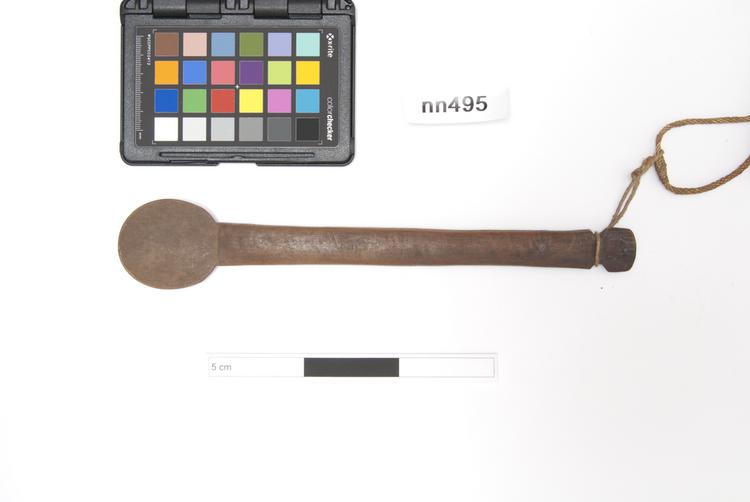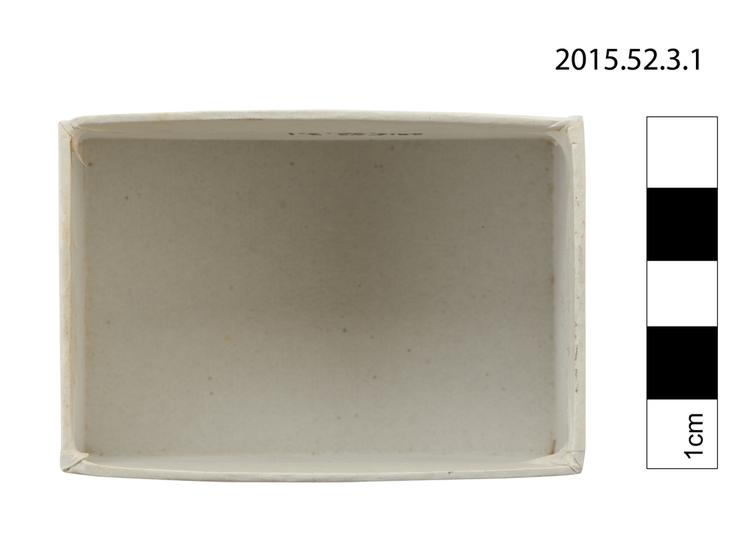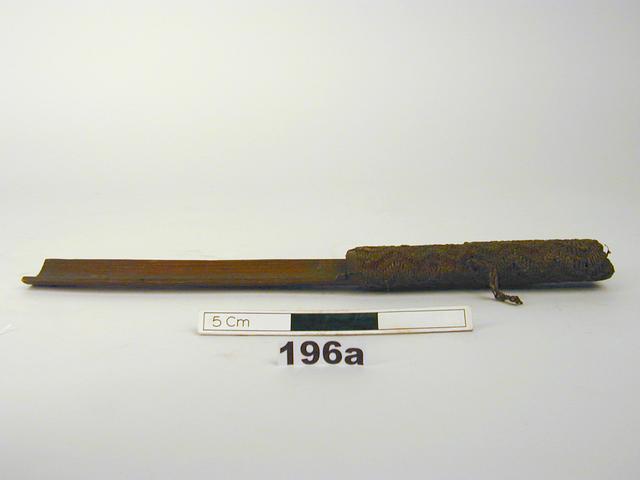
Bracelet - manilla.
This bronze bracelet from Benin resulted from a long tradition of exceptionally skilled craftsmen. European traders were surprised to discover in West Africa a number of affluent and sophisticated kingdoms of which the kings or chiefs were regarded as divine beings. Their elevated status was reflected in their jewellery. The first 15th century European traders quickly saw the demand for metal bracelets in West Africa and recognised its potential as trade currency. Since the British were heavily involved in trade with West Africa, manilas were manufactured in Bristol and Birmingham. They were used as trade currency from the late 15th to the early 20th century by all European traders mainly along the equatorial coast. They became known as 'slave trade currency' because they were used to buy enslaved people throughout West Africa who were sent to work on European owned plantations in the Americas. The manufacture and use of manillas began to decline in the 19th century as the transatlantic slave trade became less profitable and was wound down. By the end of the 19th century they were mainly used only in Palm Oil trade. In 1911 manillas ceased to be legal tender and in 1919 the 'Manilla Currency Ordinance' forbade their use by foreign traders. When the West African Currency Board introduced new money people still used manillas illegally alongside it. In order to stop this continuing, during the 1940s and 1950s local people were encouraged to 'cash in' their manilas even though they were no longer legal currency.
In the great Kingdom of Benin in modern day Nigeria, the 'lost wax method' of casting bronze was learnt in the 13th century. This method is now known to have originated in the Middle East, and to have been brought to West Africa via the Saharan trade routes as long ago as the 9th century. Guilds of casters designed heavy belts, masks, bells, armlets and a variety of other body ornaments. The scale of the jewellery was gradually reduced to the size of this bracelet as it was so much more comfortable to wear.





